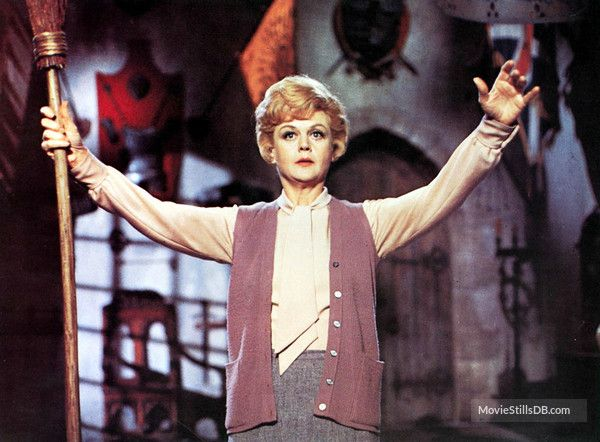The magnificent Angela Lansbury, star of some of the most magical films, has died at the grand old age of 96. Although best known nowadays for her long running role as Jessica Fletcher, the crime busting novelist in Murder She Wrote, she gave some other literally enchanting performances.
As Apprentice Witch, Eglantine Pryce in Bedknobs and Broomsticks, in the company of three evacuee children and a charlatan professor, she raised the ancient warriors of Old England in defiance of the invading Germans. Surely as children we all tried our hand at some amateur witchery by reciting “Treguna… Mekoides… Trecorum Satis Dee!”, didn't we? Well, I know I did!She was the voice of Mrs Potts in Disney's 1991 release Beauty and the Beast. Here we have behind the scenes footage of the recording session on June 8, 1990, of Walt Disney's Beauty and the Beast. Also seen is Jerry Orbach singing as a Maurice Chevalier-like candlestick named Lumiére.
Granny: "They say that priests' bastards often turn into wolves as they grow older! If the child is born on Christmas Day, if he's born feet first he'll be the one, if he's born feet first and his eyebrows meet in the middle! Oh yes, very bad! One day he'll meet the Devil in the wood".
Rosaleen: "That's a horrid story! I didn't like it at all".
Granny: "It's not a story, child, but God's own truth. So if you should spy on a naked man in the wood, run as if the Devil himself were after you! Never stray from the path, never eat a windfall apple and never trust a man whose eyebrows meet!"
What a bewitching legacy for a grand talent - farewell Dame Angela Lansbury and thank you for the magic.












